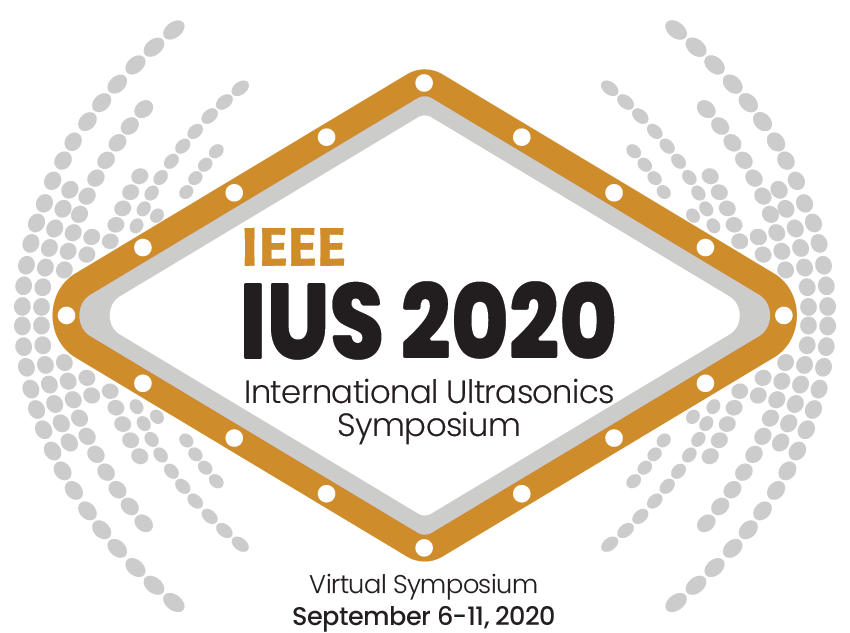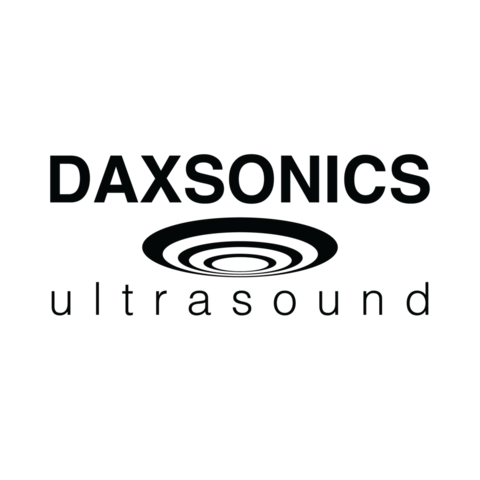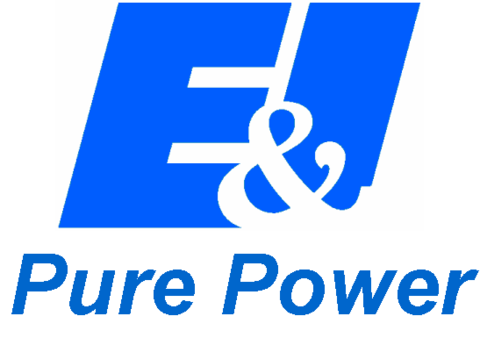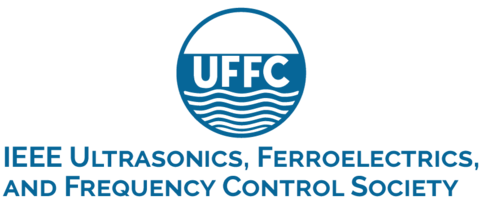Abstract
Transcranial ultrasonic brain therapy at frequencies higher than 500kHz requires adaptive focusing to compensate for the aberrations induced by the skull bone. This can be achieved by using multi-element arrays driven by a dedicated electronics. A growing number of elements was used to improve the focusing: 64 elements in 2000 [1], 300 in 2003 [2], 1024 in 2013 [3], and with more to come. We will present some of the salient results obtained pre-clinically and clinically with such multi-element transcranial devices. Nevertheless, we will show that comparable transcranial focusing can be achieved with a novel approach in rupture with the current trend. It consists in a single- element covered with a 3D acoustic lens of variable and controlled thickness. Similar lenses have been introduced in the past to perform single or multiple focusing patterns in homogenous propagating media [4] but recent 3d printing and milling capabilities make tailor-made 3D lenses a feasible option for transcranial adaptive focusing[5] and 3D beam shaping, allowing to create holograms in the brain. Such lenses can furthermore allow beam steering around the target by taking advantage of the transkull isoplanatic angle.
[1] Clement G et al, A hemisphere array for non-invasive ultrasound brain therapy and surgery. Phys Med Biol, 2000
[2] Pernot M et al, High power transcranial beam steering for ultrasonic brain therapy. Phys Med Biol, 2003
[3] Lipsman N et al, MR-guided focused ultrasound thalamotomy for essential tremor: a proof-of-concept study. The Lancet Neurology, 2013
[4] Fjield T et al, Low-profile lenses for ultrasound surgery. Phys Med Biol, 1999
[5] Maimbourg G et al, 3D-printed adaptive acoustic lens as a disruptive technology for transcranial ultrasound therapy using single-element transducers. Phys Med Biol, 2018











